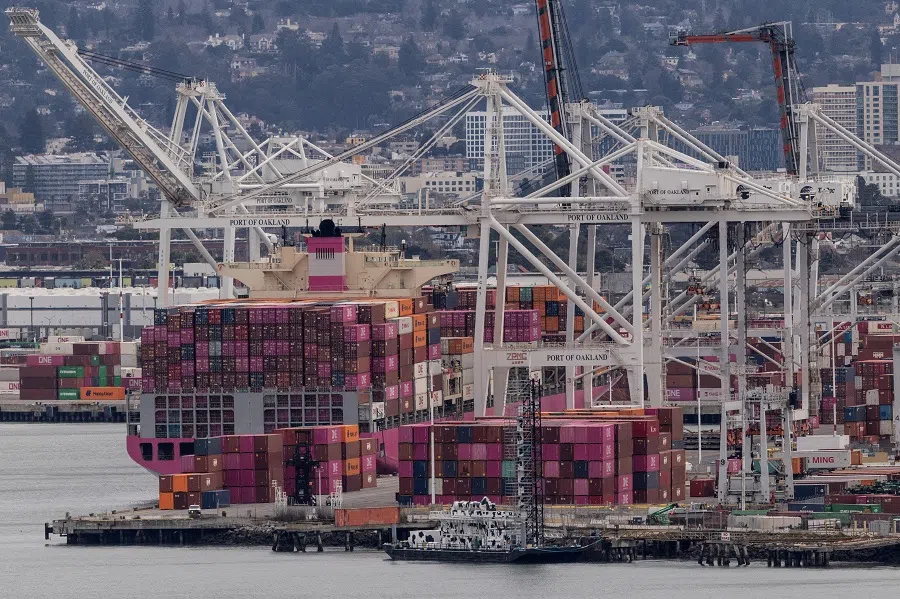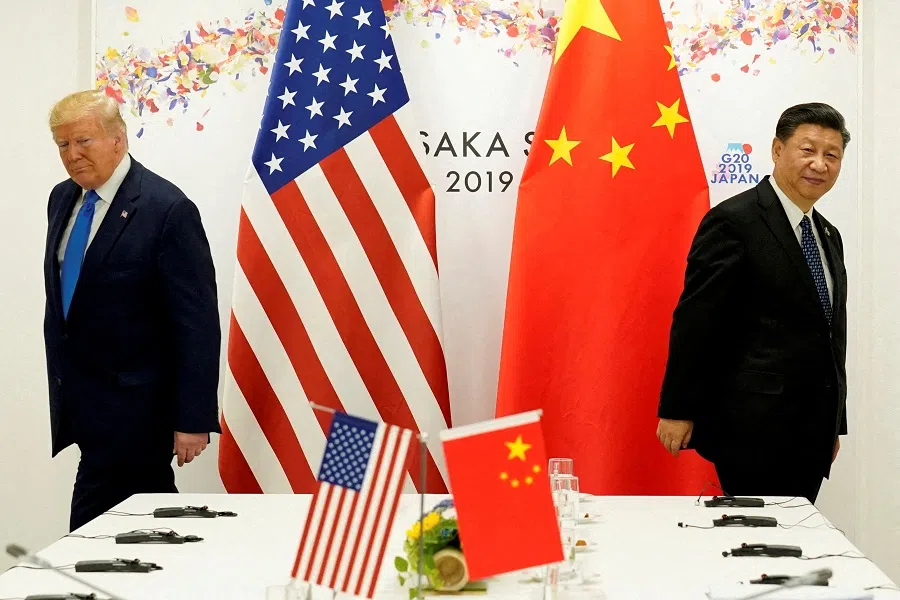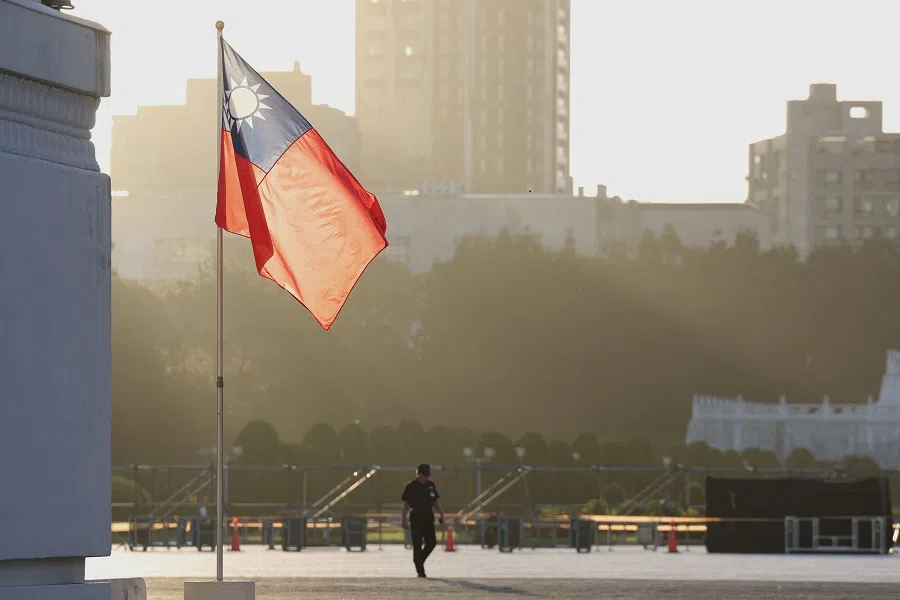Is America really leaving the Indo-Pacific?
US academic Robert Sutter assesses that the actual impact of Trump 2.0 measures so far is less than meets the eye, making predictions of US withdrawal from Asia premature at best.

The dramatic actions of re-elected President Donald Trump, with newly powerful control over the federal government and the Republican Party-dominated Congress, are widely criticised as a fundamental US withdrawal from engagement with the Indo-Pacific. The evidence includes unprecedented efforts to downsize the US government, such as freezing foreign aid impacting Asia, the purported downsizing of all departments dealing with foreign affairs, including reduced defence spending, and withdrawal from climate commitments and UN organisations.
Trump, seeking a peace agreement, rebuked Ukraine and longstanding NATO allies while accommodating Russia, prompting predictions of similar disregard for allies and partners in pulling back from Asia. Using targeted tariff increases, he disregarded international law and threatened Canada, Mexico, Denmark, Panama, Columbia and others. In the Indo-Pacific, he raised tariffs on China by 20% and tariffs on imported steel and aluminum, with anticipated tariffs on all regional and other states with significant US trade surpluses.
Yet the actual impact of these measures is less than meets the eye, making predictions of US withdrawal from Asia premature at best.

Trump’s punitive measures have more bark than its bite
Yet the actual impact of these measures is less than meets the eye, making predictions of US withdrawal from Asia premature at best. The waves of firings and freeze on foreign aid are challenged in the courts. The process of moderating and reversing many of them may take time but there already has been widespread “rescinding” of the firings by various agencies seeking exceptions.
Meanwhile, the passage of the Continuing Resolution signed by Trump on 14 March means that the executive branch will have funding for the next six months at the high levels recommended by the Biden administration with US$6 billion added for defence spending.
Trump employing higher tariffs to compel compliance undermines his top-priority goals, potentially weakening the argument that the US will withdraw from Asia. Just the threat of tariffs is causing inflation and major stock market decline impacting US prosperity — curbing inflation, strengthening US financial markets and growing US prosperity are fundamental Trump priorities.
Seeming in response, the large threatened tariffs on top trading partners Canada and Mexico have been delayed and then modified. Trump has also backed away from other disruptive initiatives and threats, such as his Gaza resort plans, claims that Ukraine President Zelenskyy is a dictator, and demands to control Greenland.
The governments of the Indo-Pacific privately took some pride in often adroitly dealing with Trump’s pressures in his first term in ways that limited costs to them. They have been following these practices at this time.
Meanwhile, the likely negatives of Trump’s reelection were widely anticipated in the region. He was expected to devote much less attention to consultations and accommodations with regional governments, as seen in the Biden years, and to follow through with increased tariffs and seek a quick deal to end the war in Ukraine.
The governments of the Indo-Pacific privately took some pride in often adroitly dealing with Trump’s pressures in his first term in ways that limited costs to them. They have been following these practices at this time. They involve leadership meetings supporting Trump’s ambitions and ego, making large investments in US factories creating thousands of jobs for American workers, buying more US oil, gas and agricultural products and increasing defence spending in line with Trump’s longstanding burden sharing demands for allies and partners. Perhaps as a result, Indo-Pacific countries thus far have not been a focus of Trump’s wide-ranging, egregious threats.
Trump’s China policy — weakening US commitments in Asia?
US allies and partners are closely watching Trump’s policy towards China for indications of substantial change in what has been increasing American support for allies and partners to check Chinese expansionism in the Indo-Pacific. This is part of a broader US strategy to toughen its stance against Chinese challenges since the first Trump administration.
There is little controversy over Trump’s avowed interest in another trade deal with China similar to the “phase one” agreements signed in January 2020, but there is considerable private angst over a possible Trump agreement with China that would undermine Taiwan, the Philippines and others on the front lines endeavoring to check Chinese expansionism at their expense.

Much depends on the progress toward and outcome of the anticipated US-China summit.
On one hand, Trump is transactional and sees advantage in negotiating with China over trade, other matters and perhaps Taiwan. He praises past negotiations with China’s Xi Jinping and possible future negotiations over issues, including nuclear arms limitations and peace in Ukraine.
... a reversal of US policy supporting Taiwan and accommodating Chinese expansionism risks big backlash domestically from bipartisan US majorities of public opinion, media and Congress...
Contrary to the prevailing discourse in Washington in recent years, Trump avoids referring to China as a “threat” to the US. And Trump consistently refuses to discuss what he would do if China attacked Taiwan. The first Trump administration had a clear national security strategy viewing China as the #1 threat and was strongly supportive of Taiwan, though Trump rarely referred to the strategy and did not publicly view China as such a danger.
Also, Trump’s control over the Republican Party has led congressional Republicans, who have long seen Russia as a major US adversary, to now support and accommodate his recent policy reversal. The president may be in a position to do the same if he decides to make a deal with China, sacrificing Taiwan and ending the US hardening towards China.

On the other hand, while a trade deal with China would be uncontroversial, a reversal of US policy supporting Taiwan and accommodating Chinese expansionism risks big backlash domestically from bipartisan US majorities of public opinion, media and Congress, who strongly distrust Xi Jinping and oppose his ambitions.
Multiple efforts targeting China
Meanwhile, signs of sustained US hardening against China persist. The Trump administration continues to bolster US economic, military, and other capacities, collaborating with allies and partners to counter and deter Chinese expansionism.
These actions include official statements from senior administration leaders, shows of force, high-level meetings with regional allies and partners in the four-power Quadrilateral Security Dialogue alignment, and even with alienated NATO powers at a recent G7 meeting hosted by deeply alienated Canada. These efforts show allies and partners standing strongly with the US in opposing Chinese challenges. Bipartisan majorities in Congress remain very focused on countering a wide range of often serious challenges posed by Chinese behaviour targeted at the US at home and abroad.
... predictions of fundamental US shift away from engagement in the Indo-Pacific remain weakly based with many uncertainties going forward.
Meanwhile, long-time congressional activist countering China, Secretary of State Marco Rubio, said the recent accommodation of Russia was needed to weaken the Chinese capacities by undermining the Russian alignment with China. And Vice-President JD Vance has long been aligned with those in Congress and the Republican Party known as America First advocates, who favoured withdrawal from Ukraine in order to use the resources to support US efforts to counter the main danger, China. He argued along these lines at the Munich security conference last year.
In sum, actual developments show predictions of fundamental US shift away from engagement in the Indo-Pacific remain weakly based with many uncertainties going forward.





